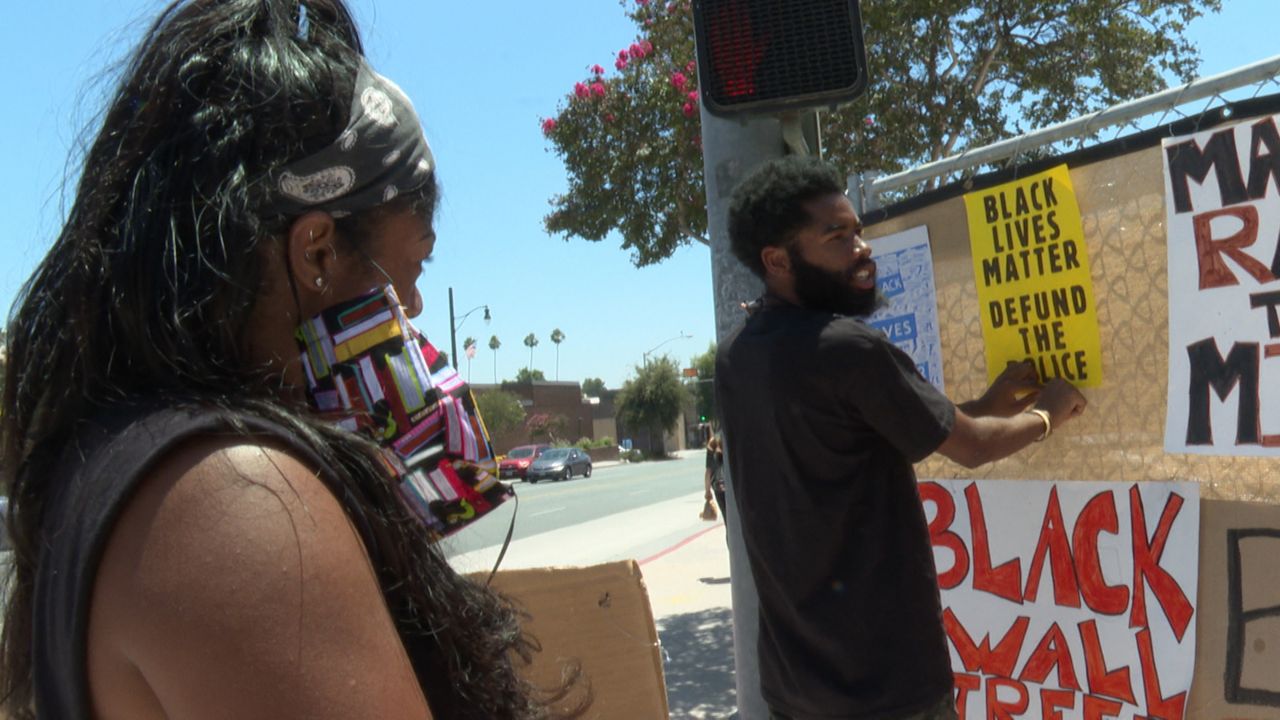SAN GABRIEL, Calif. — UC Riverside professor Steve Hackel specializes in researching Colonial California, and was shocked when he first received word of the damaging fire at San Gabriel Mission earlier this month.
“I heard the news around 6:30 a.m. on Saturday Morning and I just drove down right away, because all I knew is that the mission was on fire," Hackel said.
Hackel is close to the San Gabriel Mission because he has also authored books on California missionaries, as well as a biography on founding Father Junipero Serra. “The reredos and the sculptures inside we believe have actually survived, but the pews and the pulpit we think are pretty damaged," he said.
Hackel also manages the mission's historic book and art collection. “Most of the art that was in the mission itself had already been moved into the museum," he said.
What was lost in the fire was a peaked roof that was put on the mission in the 1870s. "It’s now gone, and one gets a sense of what the mission looked like without that wooden peak roof," Hackel added. "What you see is the horizontal flat line and the muslim moorish parapets."
Beyond its architecture, the San Gabriel Mission has a complicated and contentious legacy. Founded by Serra, many historians consider it an important base of operations for the Spanish conquest of California. Part of that history includes the controversial treatment of indigenous people on these grounds over 200 years ago.
“This becomes sort of a staging ground for the arrival of more and more settlers, who would then join the beginnings of the pueblo of Los Angeles," Hackel said. "Of course, it’s a place where thousands of native peoples throughout Southern California were congregated and baptized, so it’s a very, very emotionally charged place for a whole range of different peoples.”
Those emotions crescendoed with the recent protests following the death of George Floyd, instantly reigniting the debate of how to remember the history surrounding this historic landmark. That remembrance got even more complex after the fire tore through the church.
“For me as a historian, it’s a sense of loss, but I don’t have that connection that a parishioner would or somebody who’s own ancestors were born or baptized or married here," Hackel said.
As investigators continue to search for a cause for the fire, Hackel prefers not to speculate on any of the theories. However, he does want to look forward to what it could look like once it is repaired.
“One of the things that could come out of this tragedy is a greater focus of course of what missions represented in the colonial period, and perhaps it its reconstructed form, a version that’s more akin to what it was like when it was built in the 1790s," he said.








